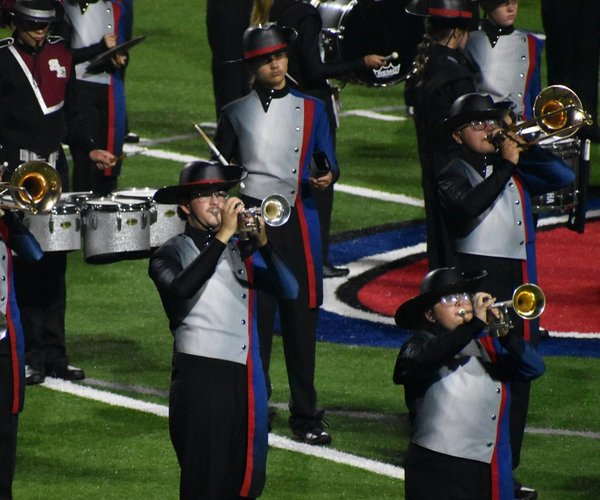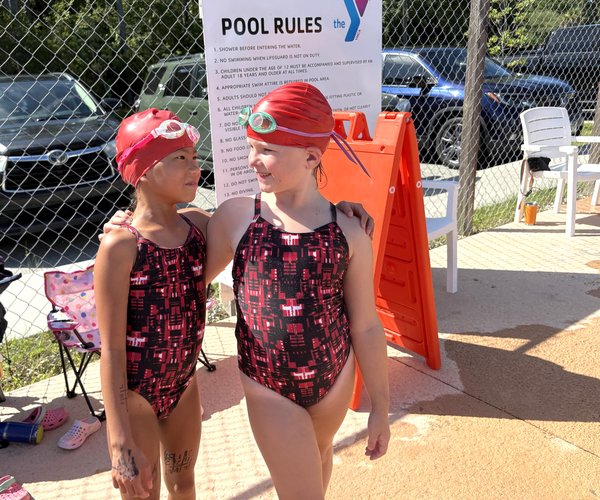Recent tests of the Ogeechee River still show disturbing levels of contaminants, and fish are still dying, said Ogeechee Riverkeeper Dianna Wedincamp.
Water samples taken Aug. 16 show extremely high levels of formaldehyde, as well levels of residue, color, nitrogen, ammonia and sulfates being above normal, according to Wedincamp.
The testing is routinely conducted, with a higher level of awareness following the massive fish kill in late May that left approximately 34,000 fish dead and rotting in the river, she said.
People who swam, fished and otherwise spent time in the water the weekend of the fish kill reported illnesses, including nausea, diarrhea, breathing problems and blisters.
Wedincamp and Georgia Department of Natural Resources rangers traced the source of the fish kill to just below a discharge pipe releasing effluent from King America Finishing, a textiles treatment plant. No dead fish were found north of the pipe. King America Finishing is located near Dover, six miles north of Highway 301.
Thursday, Wedincamp said there are 30 days left in which King America Finishing officials may respond to complaints by the Ogeechee Riverkeeper organization regarding allegations the plant is violating the law by dumping chemicals into the Ogeechee River. In the original complaint, the organization gave the plant 60 days in which to respond or the Ogeechee Riverkeeper organization will file suit against the company, Wedincamp said.
A number of citizens who either own land along the contaminated portion of the river or were affected by the contamination personally have filed a class action lawsuit against the textiles treatment plant.
Test results of river water collected near the plant’s discharge pipe Aug. 16 were recently returned, Wedincamp said.
Those results, from Atlanta laboratory AES (Analytical Environmental Services), show a level of color testing at 30 points, when the acceptable reporting limit is five, she said. Witnesses including Statesboro Herald photographer Scott Bryant have seen bluish-black liquid gushing from the pipe, and citizens have complained of the river sandbars and banks being dyed from the discharge.
An acceptable reporting level of TSS (suspended residue) is 7.7 points, but the recent test samples showed a level far exceeding this — 53.1 points, she said.
Nitrogen and ammonia levels reported at 2.14, where an acceptable reporting limit is 0.20. Sulfates tested at 653, but an acceptable reporting level is 10.
The extreme level of formaldehyde in the samples were 920, with an acceptable reporting limit of 50, she said.
Formaldehyde is used in treatment of textiles at King America Finishing. According to the Occupational Safety and Health Administration, formaldehyde can cause an immune system response upon initial exposure and it is also a cancer hazard. Acute exposure is highly irritating to the eyes, nose, and throat and can make anyone exposed cough and wheeze. Subsequent exposure may cause severe allergic reactions of the skin, eyes and respiratory tract.
King America Finishing CEO Mike Beasley did not return phone calls Thursday seeking comment.
Georgia Environmental Protection Division spokesman Kevin Chambers also said he could not comment because the investigation is ongoing. Chambers also asked for information about the water samples taken from the Ogeechee River near the King Finishing pipe.
Wedincamp said her organization will continue to closely monitor the river, above and below the discharge pipe, to make sure accurate results are found and to keep on top of the river’s pollution.
Citizens have reported unusually high numbers of dead and dying fish at Go-Bar and Williams landings in Bulloch County and at the landing near Highway 204.
Copies of the test results were sent to the EPD, and Wedincamp urges citizens to continue to report to both her organization and the EPD regarding any incident of concern involving the river. More samples will be taken in two weeks, she said.
The tens of thousands of fish, spanning a number of types, died of columnaris, a bacterial disease causing red sores, cloudy film and death. However, the disease is caused by environmental stress, according to DNR reports, and Wedincamp said it is obvious the pollution in the river south of King Finishing caused the fish kill.
She said neither King Finishing nor the EPD have responded to the Ogeechee Riverkeeper’s complaint about the plant. If a response has not been received by the end of September, a lawsuit will be filed, she said.








